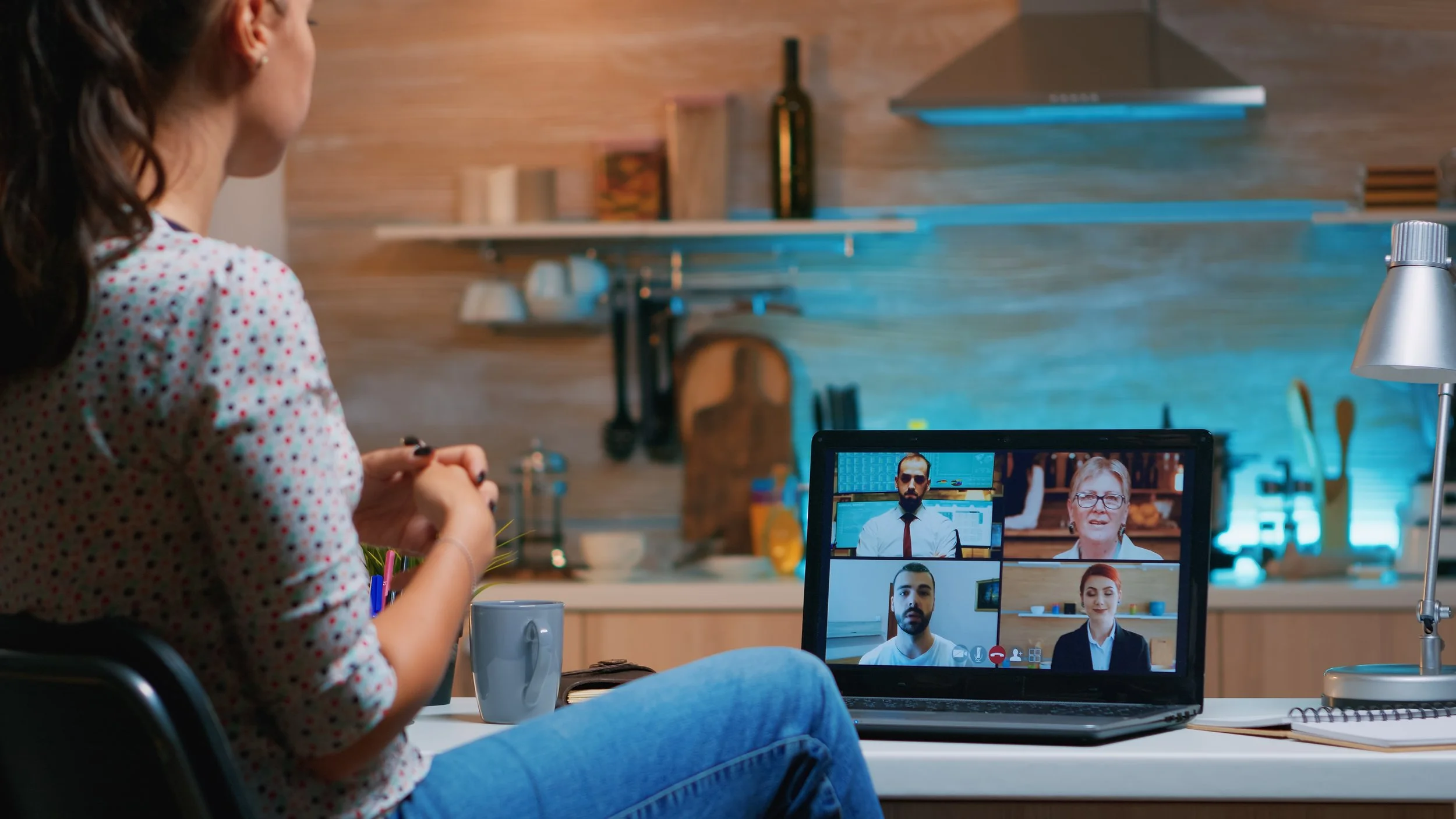The Underappreciated Art of Slowing Down
Why being mindful of your pace can have major benefits for your health and well-being.
By Chris Anselmo
The other day, I was eating a ham sandwich at my desk. At the same time, I was also reading an article….while jotting down an outline for a future post. In the heat of the moment, it didn’t occur to me the absurdity of what I was doing, until it came time to swallow. I nearly choked. Thankfully, my food didn’t get caught in my windpipe, but I should have known better. I’ve been having swallowing issues for a year now and don’t have the luxury of being so careless. I was so insistent on doing more, more, more, instead of focusing on the immediate task in front of me (eating), that I nearly paid the price. In the process, I violated about fifteen different pieces of advice I’ve given over the years.
Speeding through life is unsustainable
When going through adversity, we have two options: take action or bury our heads in the sand. (The latter doesn’t work, trust me.) Action is good. By doing something —anything — we regain agency over our lives, and in time this can help us build confidence in our ability to handle future challenges. But taking action has its limits. Problems arise when we take nothing but action. Our internal motor spins faster and faster until it overheats and we burn out spectacularly.
“Moving at a slower pace is almost countercultural these days. It’s rarely done, even though going slower has distinct advantages.”
What can we do? The most obvious lever we can pull is to do less. Closely related to doing less is doing one thing at a time. Yet another lever is striving for slow productivity—the practice of building in periods of rest and reflection into our creative pursuits. But the fourth lever—which is what I want to focus on today—is to literally do things slower. Reading slower. Thinking slower. Eating slower. Breathing slower.
You may be thinking: this sounds almost too simple. I agree! It sounds obvious, and yet, moving at a slower pace is almost countercultural these days. It’s rarely done, even though going slower has distinct advantages. I had a business school professor who would say, at least once per class: “Haste is waste.” In other words, the faster we go, the more mistakes we make, which then forces us to undo our mistakes, which wastes additional time and resources. It’s the essence of legendary basketball coach John Wooden’s famous quote: “If you don't have time to do it right, when will you have time to do it over?”
A few months ago, I came to the realization that I was going too fast. Even after I pared back my to-do list and committed to doing one thing at a time, I was still speeding through life at 100 miles per hour. This unsustainable pace made me constantly distracted and stressed.
The predictable result was that I had to redo tasks that I rushed through the first time. Yet, I started to notice that on the second try, I would always take things slower, which enabled me to complete the task with relative ease. This led to an epiphany: Why don’t I just take things slower to begin with? Why am I rushing?
Over the last few months, going slower has made a major impact on my life. Whether it’s taking a deep breath, writing my newsletter, or chewing food, by slowing down, I am calmer and more able to focus on the task at hand. This has led to fewer mistakes and near-catastrophes. There is a saying among Navy SEALs that speaks to this philosophy: “Slow is smooth. Smooth is fast.” I couldn’t sum it up better if I tried.
“Whatever speed you choose, aim for smoothness: not too fast, not too slow.”
Putting it into practice
Although it’s a simple concept, going slower takes practice, just like any other habit. Modernity has conditioned us to rush through life, so don’t be discouraged if it takes you several weeks to get used to this slower pace. Here are a few ways to make it easier.
1. Learn the physical cues of impending burnout - Monitor how your body feels when you start to burn out. Does your neck tense up? Do you get a tension headache? Does your heart race? Does your mind go all over the place? These physical cues can be your signal to slow down before they get worse.
2. Use a prompt - Set an alarm every hour or attach a sticky note to your computer with the words “SLOW DOWN”. This habit will take constant reinforcement, several times per day, but it will get easier over time.
3. Aim for 75% - Try to complete tasks at three-quarters speed if possible. If that still feels too fast, go down to 50%. Whatever speed you choose, aim for smoothness: not too fast, not too slow.
4. Run your mind in debug mode— I wrote about debug mode a few months ago. To recap: whenever your mind races like a runaway train (which happens when we go too fast), take a step back and interrogate each thought like a programmer running debug mode on a computer. Are your thoughts useful, or are you ruminating on a future problem for the twentieth time today? This process slows down your thinking and makes it easier to identify and let go of unproductive thoughts.
5. Pay attention to the other levers - Slowing down is made easier by attending to the other levers we discussed earlier. For example, it is easier to slow down when we don’t have fifteen items on our to-do list, or when we commit to doing one thing at a time.
To read more of Chris Anselmo’s writing, visit his site, Hello, Adversity.































